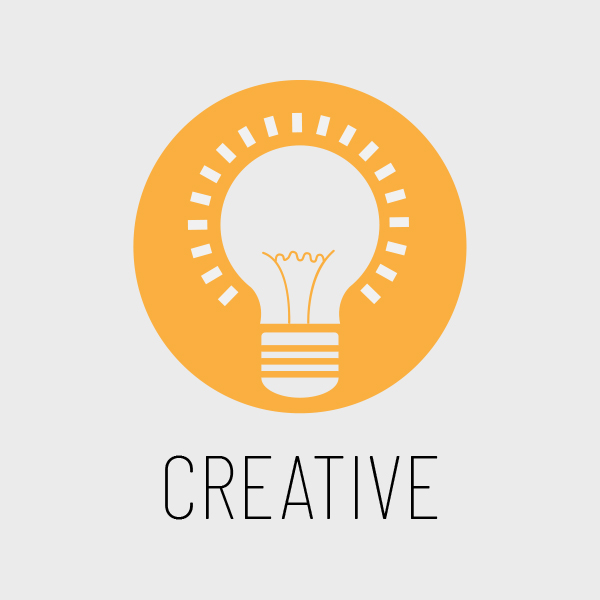Presentation Type
Creative Process Analysis
Release Option
Event
Description
By definition, a ceramic glaze is a mixture of powdered materials such as fluxes, glassmakers, and clays. Glazes are applied to a ceramic body by spraying or dipping and can create multiple finishes when dried and fired. The glaze is used to add color, decorate, make an item food-safe and acid and scratch-resistant. It is found in many everyday objects, from coffee mugs and bathroom sinks to art pottery and sculpture. A triaxial blend is a testing glazes system that uses 21 ceramic tiles to test three colorants on a three-axis system. Starting with a colorless base glaze, colorants are added to each corner of the triaxial. Each corner has 100% of a specific stain. Moving away from each corner decreases that colorant while blending sted be colorants from other corners to form new and unusual hues. This research presentation will focus on creating various pigmented glazes through a triaxial blend. Different colorant percentages will be tested to show how the color, finish, and opacity of the fired ceramic glaze is affected.
Creative Commons License

This work is licensed under a Creative Commons Attribution 4.0 License.
Faculty Mentor
Prof. Jeff Schmuki
Department of Primary Presenter's Major
Interdisciplinary Studies
Primary Presenter's Major(s)
Interdisciplinary Studies
Location
Virtual Symposium
Symposium Year
2021
Triaxial Blends
Virtual Symposium


